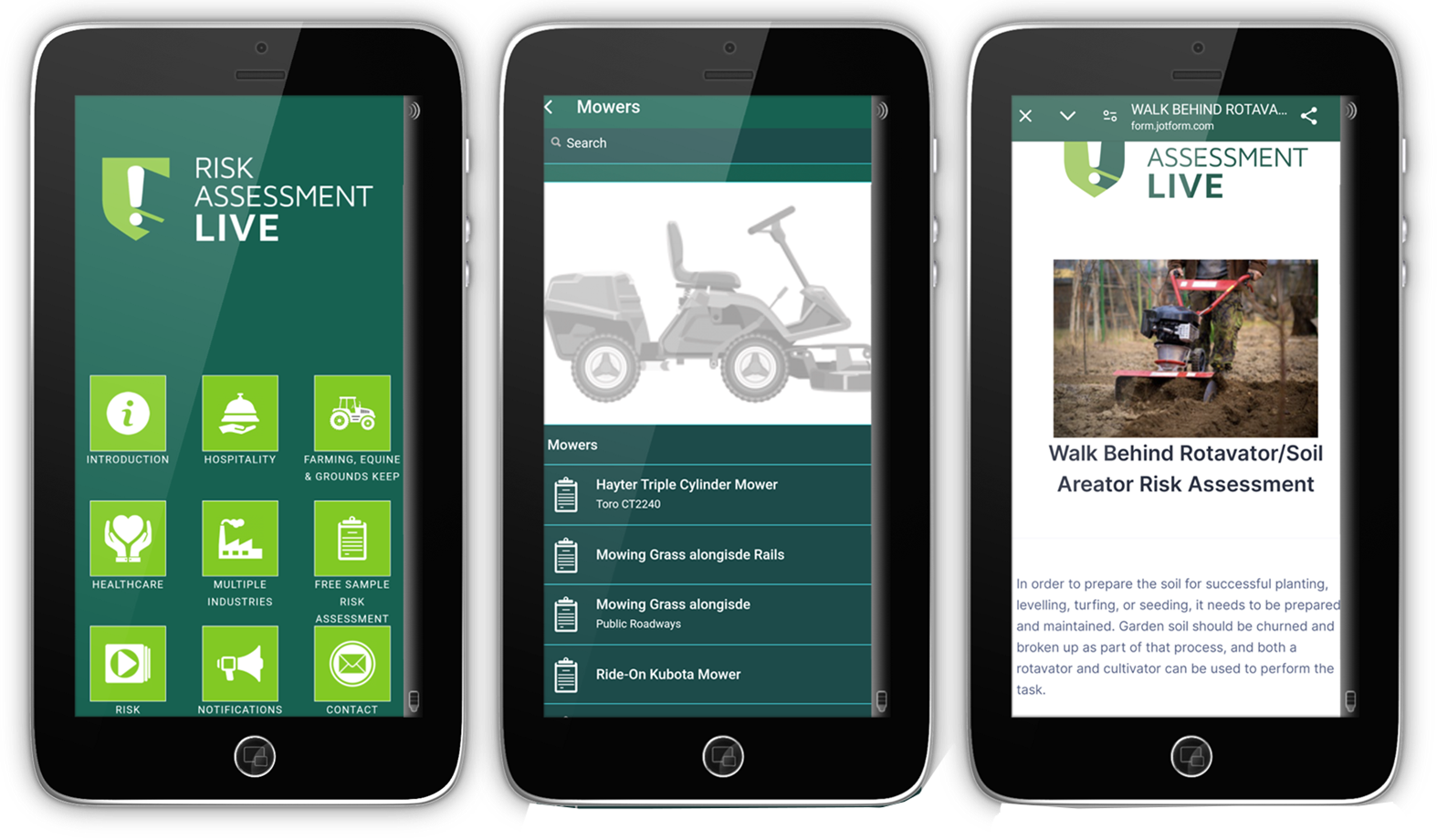The true costs of an accident or fatality in the workplace
The Business Impact of a Workplace Accident or Fatality

Workplace safety is not just a regulatory requirement—it is a fundamental aspect of a responsible and ethical business. When an accident or fatality occurs in the workplace, the consequences extend far beyond the immediate incident. The impact reverberates through the organization, affecting employees, the victim’s family, business operations, and overall company reputation. Understanding these consequences highlights the critical importance of proactive health and safety measures.
The Immediate Human Cost
A workplace accident or fatality is, first and foremost, a personal tragedy. For the injured worker or the deceased employee’s family, the emotional devastation is immeasurable. The sudden loss of a loved one or serious injury can have profound financial and emotional consequences for family members. They may face grief, loss of income, and long-term uncertainty.
Colleagues who witnessed or were involved in the accident may experience emotional distress, anxiety, or post-traumatic stress disorder (PTSD). The psychological impact can lead to decreased morale, reduced productivity, and increased absenteeism. Ensuring access to counseling and mental health support is crucial in helping employees cope with the aftermath of such incidents.
Operational Disruptions and Financial Costs
A workplace accident can severely disrupt daily operations. Depending on the severity, a site may need to shut down temporarily for investigations, leading to delays in project completion. This can result in financial penalties, loss of client trust, and potential legal consequences.
Financial costs associated with a workplace accident or fatality can be significant and may include:
- Compensation claims and insurance premium increases
- Legal fees and potential fines for regulatory breaches
- Costs of recruiting and training replacement staff
- Loss of productivity due to worker absenteeism and lower morale
For small and medium-sized enterprises (SMEs), these costs can be particularly burdensome, sometimes threatening the viability of the business itself.
Legal and Regulatory Consequences
Employers have a legal duty to provide a safe working environment. A serious accident or fatality may trigger investigations by regulatory bodies such as the Health and Safety Executive (HSE) or other relevant authorities. If negligence or non-compliance with health and safety laws is found, businesses may face legal action, substantial fines, and even criminal charges against responsible individuals.
In some cases, companies may be required to implement stricter safety protocols, provide additional training, or invest in new safety equipment, all of which add further costs. The reputational damage of a serious incident can also deter potential employees and clients from engaging with the company.
Reputational Impact and Business Continuity
A workplace accident or fatality can cause severe reputational damage. News of the incident may spread quickly, affecting public perception and trust in the company. Negative media coverage, social media backlash, and potential lawsuits can tarnish the brand’s image, leading to the loss of clients and business opportunities.
Companies that fail to take workplace safety seriously may struggle to attract and retain skilled workers. Employees want to work for organizations that prioritize their well-being, and a history of accidents can discourage talented professionals from joining the company.
Preventative Measures: The Key to Avoiding Tragedy
To mitigate the risk of workplace accidents, businesses must take proactive steps to ensure a safe working environment. Key measures include:
- Comprehensive Safety Training: Regular training sessions to educate employees on potential hazards and safe work practices.
- Clear Safety Policies and Procedures: Developing and enforcing safety protocols tailored to industry-specific risks.
- Regular Safety Inspections: Conducting routine checks to identify and eliminate hazards before they cause harm.
- Encouraging a Safety Culture: Empowering employees to report unsafe conditions without fear of retaliation.
- Providing Mental Health Support: Ensuring access to counseling and support for employees affected by workplace incidents.
Conclusion
The impact of a workplace accident or fatality extends far beyond the immediate incident. It affects employees, families, operations, finances, and the company’s reputation. The best way for businesses to protect their workers and their future is to foster a culture of safety, invest in training, and comply with regulatory requirements. By prioritizing workplace safety, businesses not only fulfill their legal and ethical responsibilities but also create a more productive and resilient workforce.

Health & Safety Made Simple
CONTACT
Tel No: 01223 258156
Email: trevor@cambridgesafetysolutions.com
All Rights Reserved | Risk Assessment.Live


